Phase-type models in life insurance
and empirical dynamic modelling
Patrick J. Laub
University of Melbourne
Outline
- Mention some past work
- Phase-type distributions in life insurance
- Describe some current work (EDM)









Phil Pollett
Hawkes processes
Sums of random variables
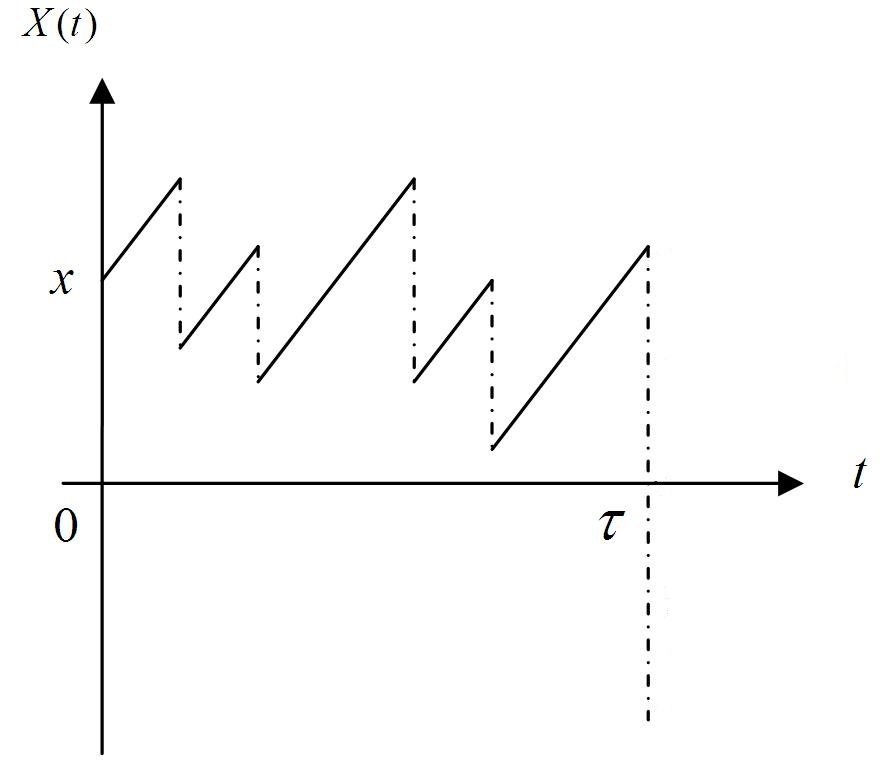
Cramér-Lundberg model
Useful for:
- Ruin probability (finite time)
- Ruin probability (infinite time)
- Stop-loss premiums
- Option pricing
Sum of lognormals distributions
where

Advances in Applied Probability, 48(A)

"I used to be a chick[en] but am less so as I get older. After all, I have to die from something."
Savage condition
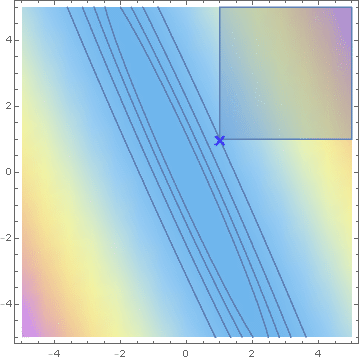
Hashorva, E. (2005), 'Asymptotics and bounds for multivariate Gaussian tails', Journal of Theoretical Probability
Pierre-Olivier Goffard, Patrick J. Laub (2020), Orthogonal polynomial expansions to evaluate stop-loss premiums, Journal of Computational and Applied Mathematics
Orthogonal polynomials
Approximate S using orthogonal polynomial expansion
where

Pierre-O Goffard
Stop-loss premiums
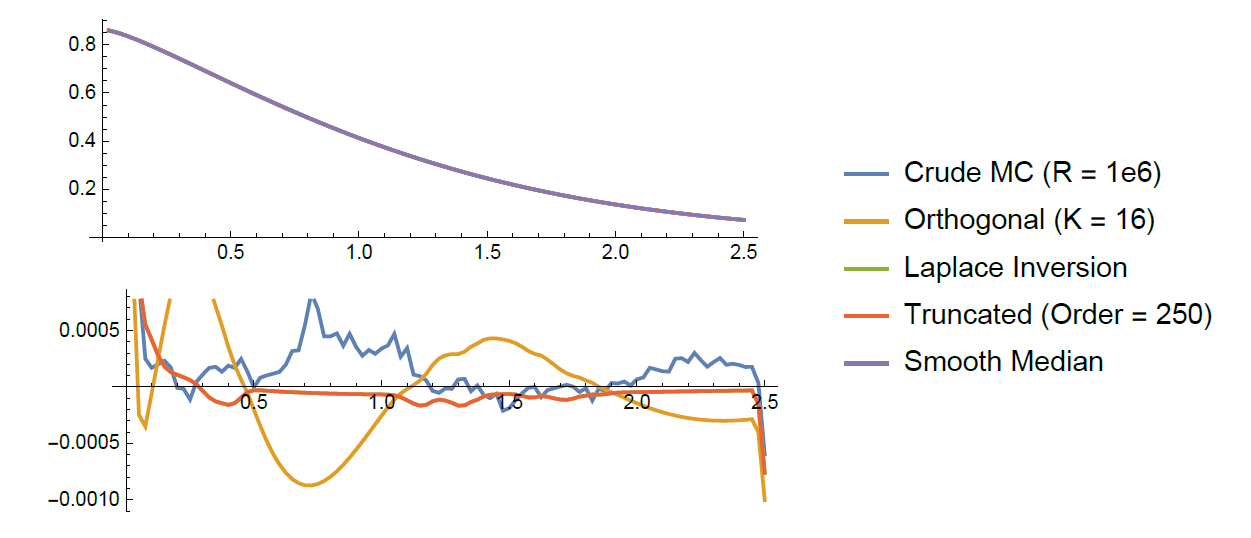


Change-point detection

Approximate Bayesian Computation
Time-varying example
- Claims form a Poisson process point with arrival rate \( \lambda(t) = a+b[1+\sin(2\pi c t)] \).
- The observations are \( X_s = \sum_{i = N_{s-1}}^{N_{s}}U_i \).
- Frequencies are \(\mathsf{CPoisson}(a=1,b=5,c=\frac{1}{50})\) and sizes are \(U_i \sim \mathsf{Lognormal}(\mu=0, \sigma=0.5)\).



- Claims form a Poisson process point with arrival rate \( \lambda(t) = a+b[1+\sin(2\pi c t)] \).
- The observations are \( X_s = \sum_{i = N_{s-1}}^{N_{s}}U_i \).
- Frequencies are \(\mathsf{CPoisson}(a=1,b=5,c=\frac{1}{50})\) and sizes are \(U_i \sim \mathsf{Lognormal}(\mu=0, \sigma=0.5)\).
- ABC posteriors based on 50 \(X\)'s and on 250 \(X\)'s with uniform priors.
Wasserstein distance?
where \(\mathcal{S}_t\) denotes the set of all the permutations of \(\{1,\ldots, t\}\).
One-dimensional data:
Sorting is only \( \mathcal{O}(n \log n) \)

Compare \(\boldsymbol{x}_{\text{obs}} \sim f(\cdot, \boldsymbol{\theta}) \) to \(\boldsymbol{y} \sim f(\cdot, \boldsymbol{\theta}) \)

Normal Wasserstein distance ignores time

\( L^1 \) distance strictly enforces time
- Claims form a Poisson process point with arrival rate \( \lambda(t) = a+b[1+\sin(2\pi c t)] \).
- The observations are \( X_s = \sum_{i = N_{s-1}}^{N_{s}}U_i \).
- Frequencies are \(\mathsf{CPoisson}(a=1,b=5,c=\frac{1}{50})\) and sizes are \(U_i \sim \mathsf{Lognormal}(\mu=0, \sigma=0.5)\).
- ABC posteriors based on 50 \(X\)'s and on 250 \(X\)'s with uniform priors.

We can scale time to balance the two axes

Jevgenijs Ivanovs

Guaranteed Minimum Death Benefit
Equity-linked life insurance

High Water Death Benefit
Equity-linked life insurance
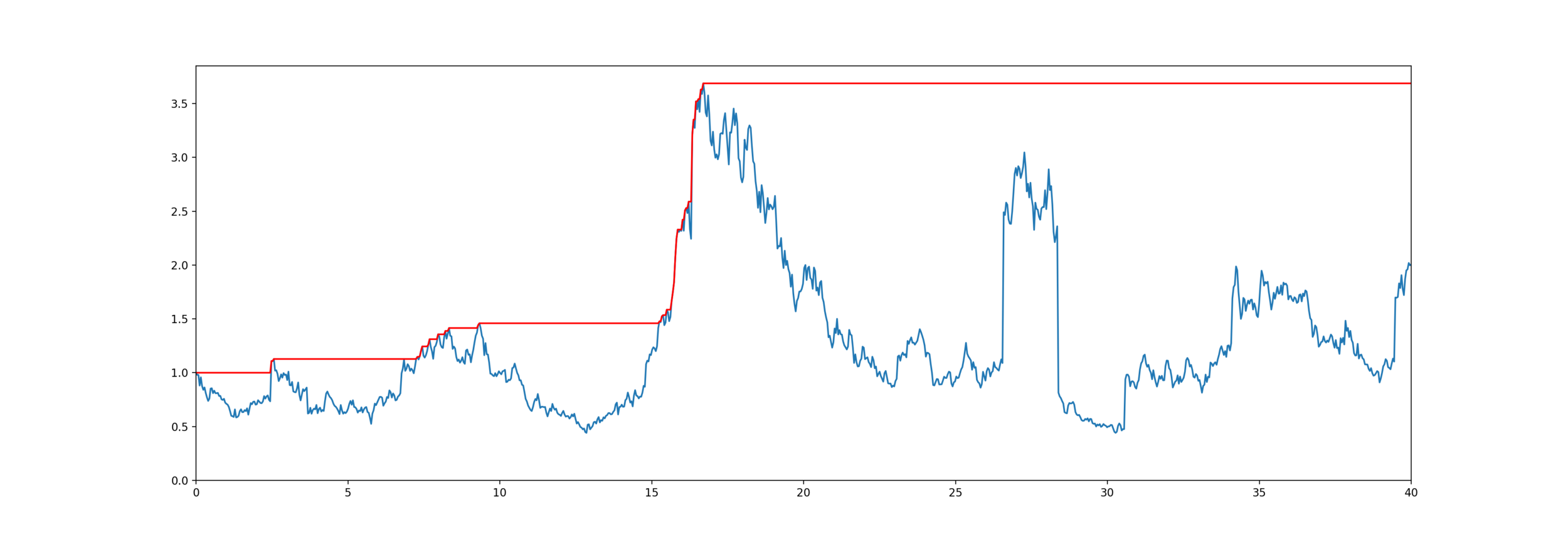
Model for mortality and equity
The customer lives for years,
The stock price is an exponential jump diffusion,
Exponential PH-Jump Diffusion
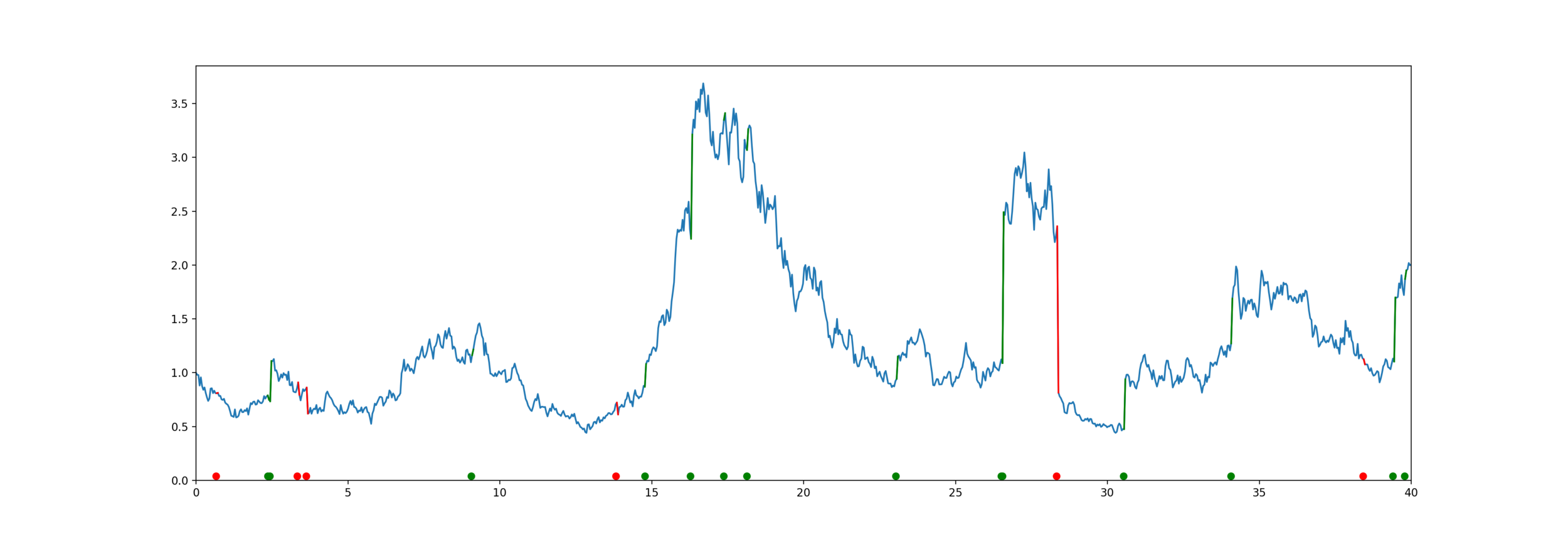
Wiener-Hopf Factorisation
-
is an exponential random variable
- is a Lévy process
Doesn't work for deterministic time
IME Papers by Gerber, Hans U., Elias S. W. Shiu, and Hailiang Yang:
- Valuing equity-linked death benefits and other contingent options: A discounted density approach (2012)
- Valuing equity-linked death benefits in jump diffusion models (2013)
- Geometric stopping of a random walk and its application to valuation of equity-linked death benefits (2015)
Problem: to model mortality via phase-type
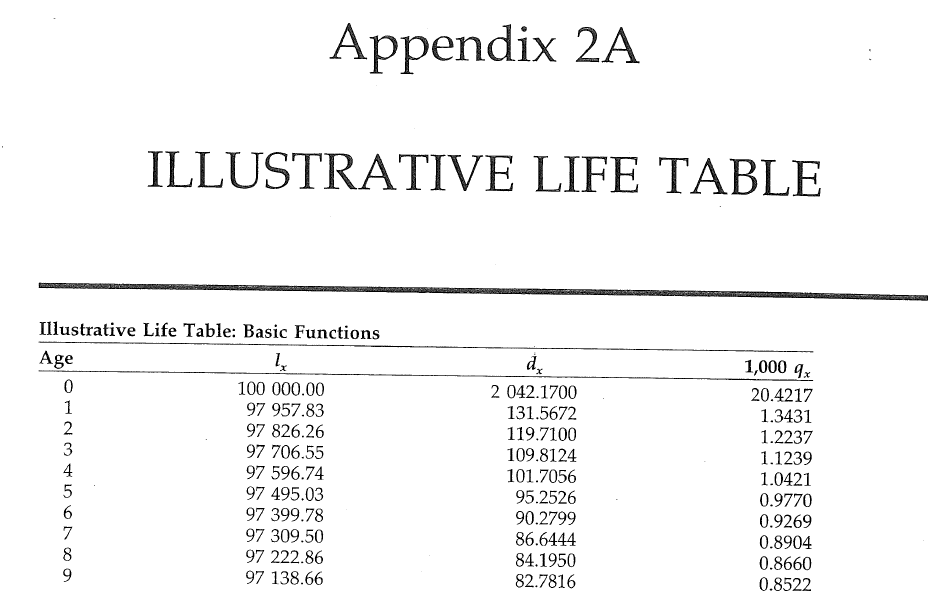
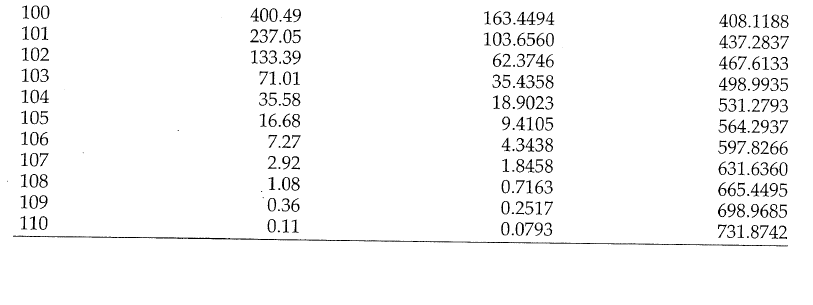
Bowers et al (1997), Actuarial Mathematics, 2nd Edition
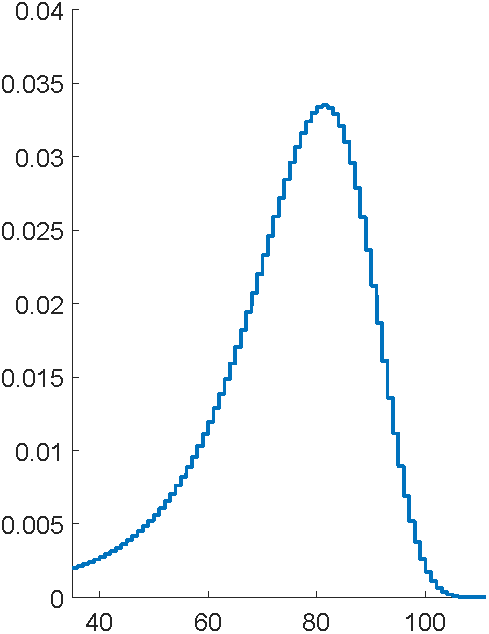



Example Markov process
Sojourn times
Sojourn times are the random lengths of time spent in each state

Phase-type definition
Markov process State space
- Initial distribution
- Sub-transition matrix
- Exit rates
Example
Markov process State space
Phase-type generalises...
- Exponential distribution
- Sums of exponentials (Erlang distribution)
- Mixtures of exponentials (hyperexponential distribution)
Phase-type properties
Matrix exponential
Density and tail
Moments
Laplace transform
More properties
Closure under addition, minimum, maximum
... and under conditioning
When to use phase-type?
Your problem has "flowchart" structure.
"Coxian distribution"

"Calendar" Age
"Physical" age
X.S. Lin & X. Liu (2007) , M. Govorun, G. Latouche, & S. Loisel (2015).
Class of phase-types is dense
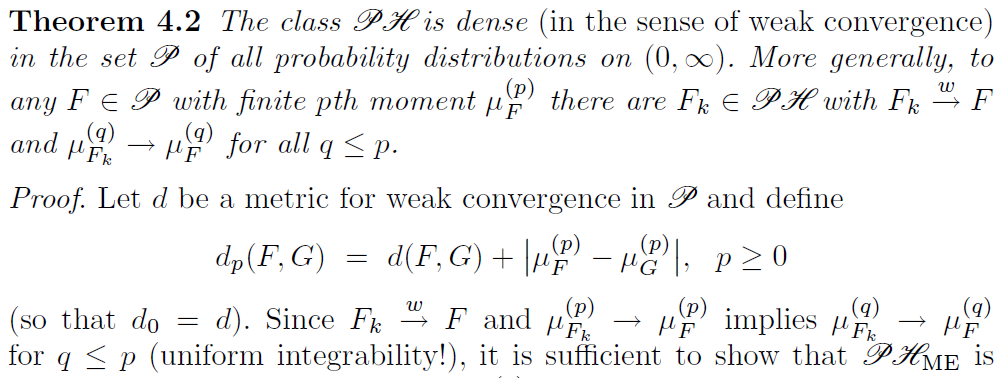
S. Asmussen (2003), Applied Probability and Queues, 2nd Edition, Springer
Class of phase-types is dense










Why does that work?
Can make a phase-type look like a constant value


How to fit them?
Observations:
Derivatives?
Model (p.d.f.):
How to fit them?
Hidden values:
\(B_i\) number of MC's starting in state \(i\)
\(Z_i\) total time spend in state \(i\)
\(N_{ij}\) number of transitions from state \(i\) to \(j\)
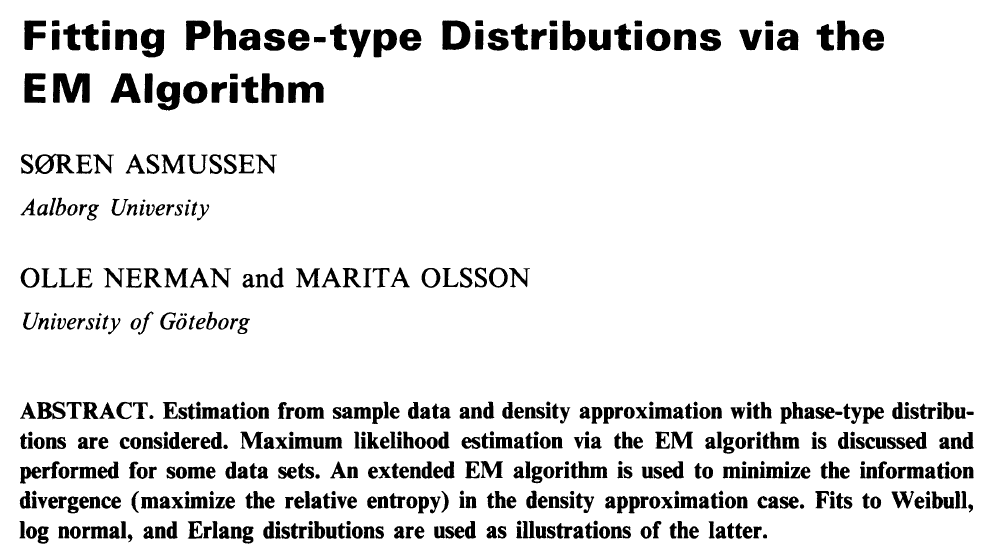
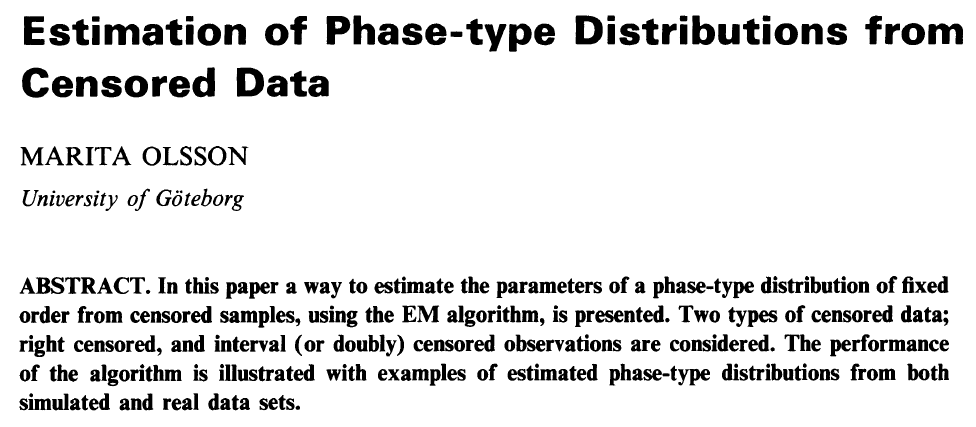

Diving into the source
- Single threaded
- Homegrown matrix handling (e.g. all dense)
- Computational "E" step
- Instead solve a large system of DEs
- Hard to read or modify (e.g. random function)
C to Julia
void rungekutta(int p, double *avector, double *gvector, double *bvector,
double **cmatrix, double dt, double h, double **T, double *t,
double **ka, double **kg, double **kb, double ***kc)
{
int i, j, k, m;
double eps, h2, sum;
i = dt/h;
h2 = dt/(i+1);
init_matrix(ka, 4, p);
init_matrix(kb, 4, p);
init_3dimmatrix(kc, 4, p, p);
if (kg != NULL)
init_matrix(kg, 4, p);
...
for (i=0; i < p; i++) {
avector[i] += (ka[0][i]+2*ka[1][i]+2*ka[2][i]+ka[3][i])/6;
bvector[i] += (kb[0][i]+2*kb[1][i]+2*kb[2][i]+kb[3][i])/6;
for (j=0; j < p; j++)
cmatrix[i][j] +=(kc[0][i][j]+2*kc[1][i][j]+2*kc[2][i][j]+kc[3][i][j])/6;
}
}
}
This function: 116 lines of C, built-in to Julia
Whole program: 1700 lines of C, 300 lines of Julia
# Run the ODE solver.
u0 = zeros(p*p)
pf = ParameterizedFunction(ode_observations!, fit)
prob = ODEProblem(pf, u0, (0.0, maximum(s.obs)))
sol = solve(prob, OwrenZen5())https://github.com/Pat-Laub/EMpht.jl


Lots of parameters to fit
- General
- Coxian distribution
In general, representation is not unique
A twist on the Coxian form
Canonical form 1
Problem: to model mortality via phase-type


Bowers et al (1997), Actuarial Mathematics, 2nd Edition

Final fit

using EMpht
lt = EMpht.parse_settings("life_table.json")[1]
phCF200 = empht(lt, p=200, ph_structure="CanonicalForm1")Another cool thing
Contract over a limited horizon
Can use Erlangization so
and phase-type closure under minimums
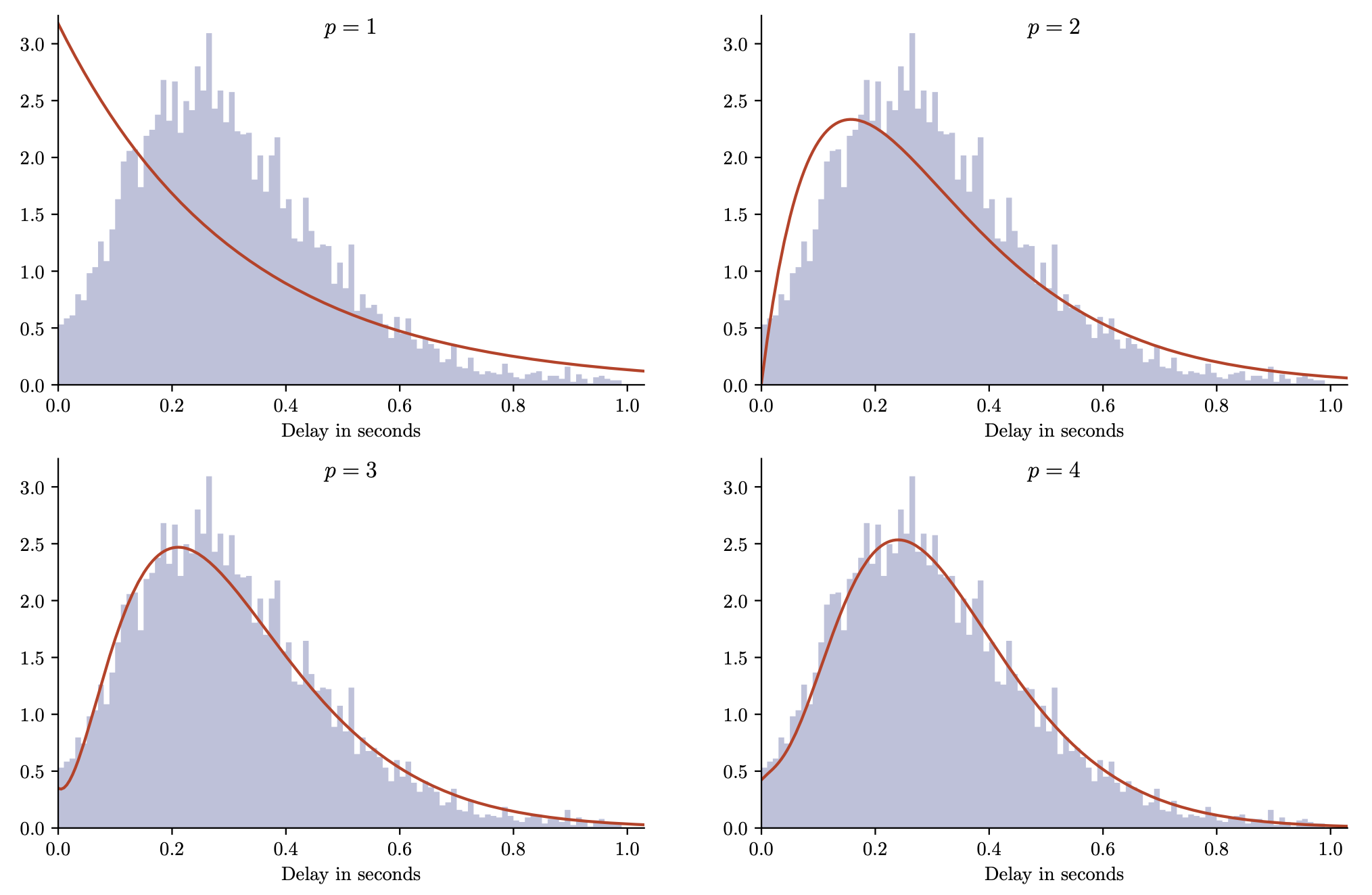
A. Vuorinen, The blockchain propagation process: a machine learning and matrix analytic approach
Phase-type for bitcoin
Heavy-tailed modeling?
Phase-types are always light-tailed

Can 'splice' together a Franken-distribution
Norwegian fire data
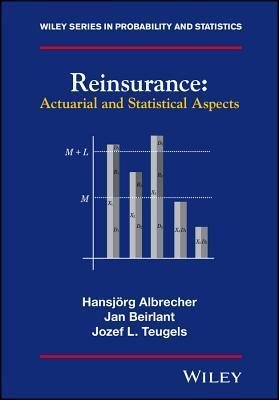


Take logarithms

Take logarithms and shift
logClaims = log.(claims)
logClaimsCentered = logClaims .- minimum(logClaims) .+ 1e-4
~, int, intweight = bin_observations(logClaimsCentered, 500)
sInt = EMpht.Sample(int=int, intweight=intweight)
ph = empht(sInt, p=5)

logClaims = log.(claims)
logClaimsCentered = logClaims .- minimum(logClaims) .+ 1e-4
~, int, intweight = bin_observations(logClaimsCentered, 500)
sInt = EMpht.Sample(int=int, intweight=intweight)
ph = empht(sInt, p=40)Take logarithms and shift

Albrecher and Bladt, Inhomogeneous phase-type distributions and heavy tails, Journal of Applied Probability
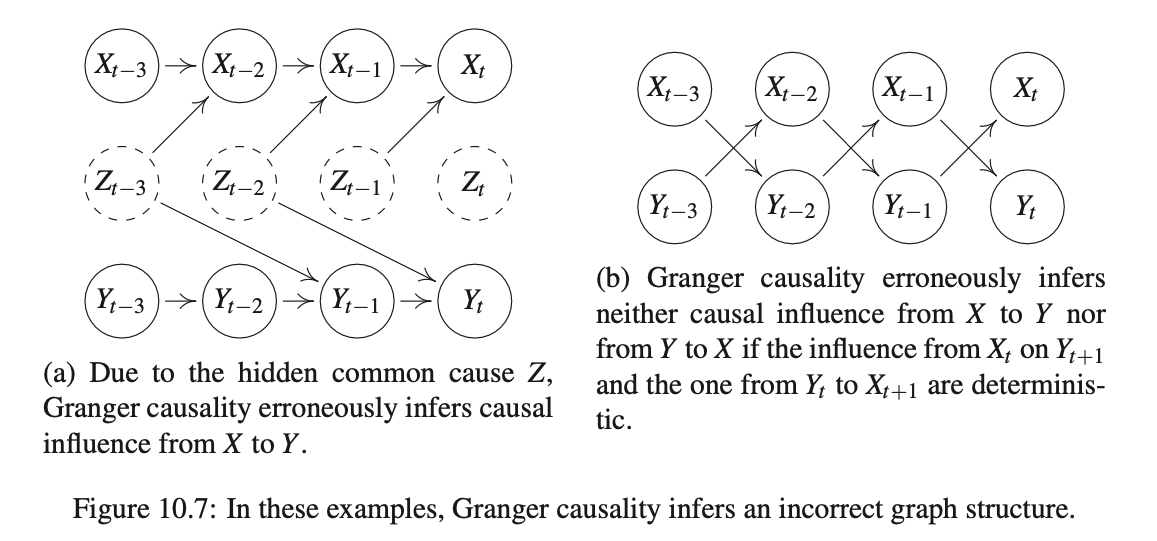
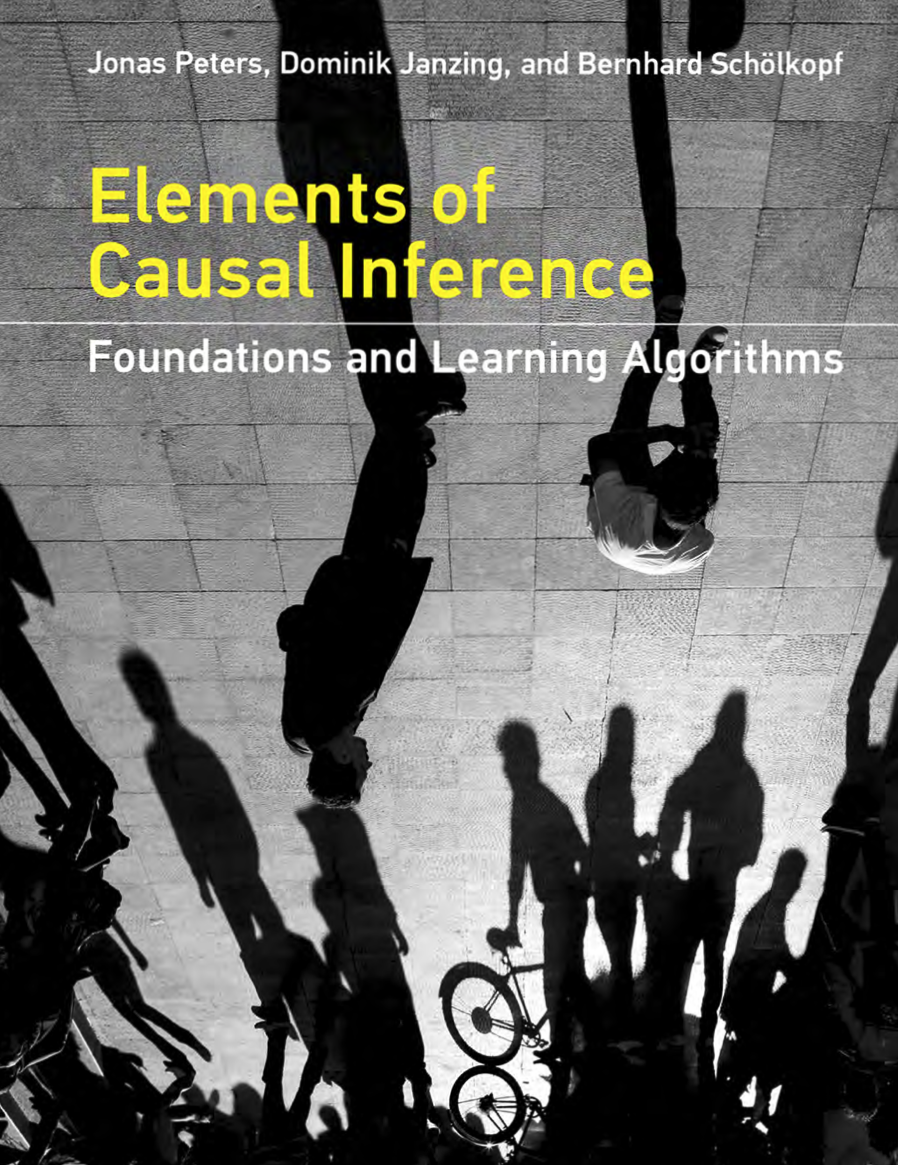
Causal analysis

Crime and temperature in Chicago
Empirical dynamic modelling

Quick Demo


Richard McElreath, Science as Amateur Software Development

Current projects
- EDM
- Missing data
- Alternative distance functions
- Hawkes process loss model with discounting
- Bayesian-model based (Rubin) causal inference for count data

Phase-type models in life insurance and empirical dynamic modelling
By plaub
Phase-type models in life insurance and empirical dynamic modelling
- 634



